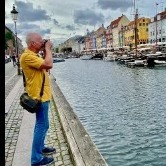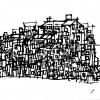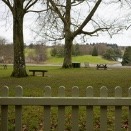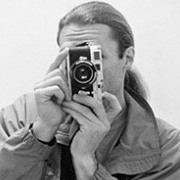Leica v Heliopan IR filter anti-reflective coatings
-
Recently Browsing 0 members
- No registered users viewing this page.
-
Similar Content
-
- 2,078 replies
- 186,981 views
-
- 13 replies
- 785 views
-
- 3 replies
- 151 views
-
- 459 replies
- 20,599 views
-
- 72 replies
- 7,003 views
-






Recommended Posts
Join the conversation
You can post now and register later. If you have an account, sign in now to post with your account.
Note: Your post will require moderator approval before it will be visible.